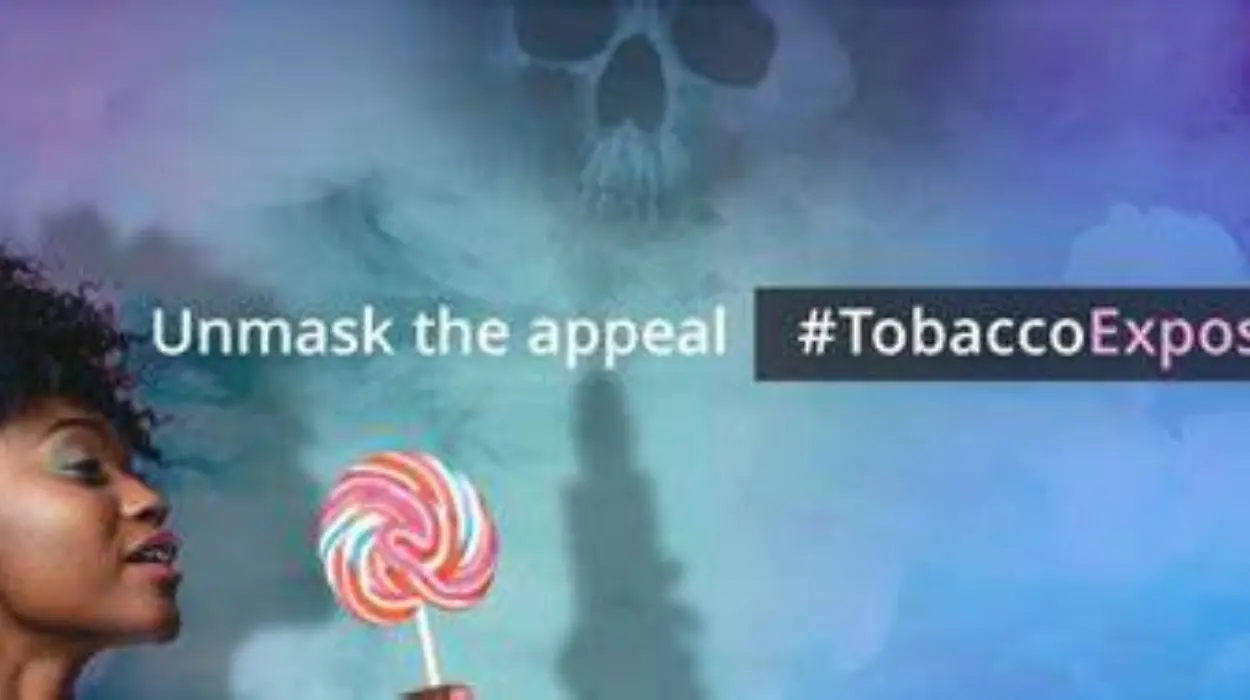World No Tobacco Day (WNTD) 2025, observed globally on May 31, shines a spotlight on the deceptive tactics used by tobacco and nicotine industries to attract new users, especially young people and women. Under the theme “Unmasking the Appeal: Bright Products. Dark Intentions,” the campaign reveals how colorful packaging, enticing flavors, and glamorized marketing mask the deadly consequences of tobacco use. With tobacco remaining the leading cause of preventable death worldwide, this year’s WNTD urges governments, communities, and individuals to unite and take bold action to break the cycle of addiction and protect future generations.
The Global Tobacco Epidemic: Stark Facts and Figures
Tobacco use kills more than 8 million people annually, including over 600,000 non-smokers exposed to secondhand smoke. Despite progress in reducing tobacco consumption, approximately 1.3 billion people worldwide still use tobacco, with 80% residing in low- and middle-income countries where the burden of tobacco-related diseases is heaviest.
Alarmingly, 37 million children aged 13 to 15 years use tobacco globally, and in many countries, youth e-cigarette use surpasses adult rates. The Eastern Mediterranean Region bears a significant burden, with adolescent smoking rates reaching 43% among boys and 20% among girls in some areas. Countries such as the occupied Palestinian territory (West Bank), Jordan, and the Syrian Arab Republic report some of the highest youth tobacco use prevalence worldwide.
The Americas have witnessed a decline in tobacco users from 159 million in 2000 to 129 million in 2025, an 18.87% reduction. However, tobacco use among adolescents remains concerning, with nearly equal rates among boys (11.9%) and girls (10.7%), and e-cigarette use rising to 5.4%, nearly matching conventional cigarette use at 6%.
Industry Tactics: Bright Products with Dark Intentions
The 2025 campaign exposes how the tobacco and nicotine industries use manipulative product designs, attractive flavors, and digital marketing to hook a new generation of users. There are about 16,000 unique flavors available in tobacco and nicotine products, with flavors cited as the number one reason youth initiate use5 These flavors mask the harshness of tobacco, making initiation easier and quitting harder.
Social media platforms have amplified industry reach, with marketing content promoting e-cigarettes, nicotine pouches, and heated tobacco products viewed over 3.4 billion times globally. The industry’s colorful packaging and glamorized advertising create a false sense of security and desirability, particularly targeting women and adolescents.
The gap in tobacco use between men and women is narrowing, with increasing numbers of women and girls smoking, exposing them to heightened risks such as cervical cancer, osteoporosis, and fertility issues. The industry’s focus on women and youth exploits their vulnerabilities, including socioeconomic factors and healthcare disparities.
Health Consequences of Tobacco Use
Tobacco consumption remains a major cause of preventable diseases, including:
- Cancer: Lung, oral, throat, esophageal, bladder, and pancreatic cancers are strongly linked to tobacco use.
- Respiratory Diseases: Chronic obstructive pulmonary disease (COPD), emphysema, and chronic bronchitis are common among smokers.
- Cardiovascular Disease: Smoking damages blood vessels and heart function, increasing risks of heart attacks and strokes.
- Secondhand Smoke: Non-smokers exposed to tobacco smoke face increased risks of heart disease, lung cancer, and respiratory infections, with children particularly vulnerable.
- Pregnancy Complications: Tobacco use during pregnancy raises risks of miscarriage, preterm birth, low birth weight, and developmental issues in children.
Global and Regional Responses
The World Health Organization (WHO) and public health advocates worldwide have united to raise awareness and push for stronger tobacco control policies. WHO Regional Director Dr. Hanan Balkhy highlighted the urgency in the Eastern Mediterranean Region, stating, “Our Region has the highest youth smoking rates in the world. We must act to protect the next generation. No more tricks. No more traps.” She called for banning flavors and attractive designs, implementing graphic health warnings, restricting advertising, and increasing tobacco taxes.
In the Americas, comprehensive bans on tobacco advertising and sales restrictions on emerging products like e-cigarettes have contributed to declines in tobacco use among youth and adults6. Global events, such as the online session “Exposing Lies, Protecting Lives: Unmask the Appeal of Tobacco and Nicotine Products” and regional forums like “From Attraction to Deception” in Washington, D.C., are platforms to share knowledge and strategies.
How to Join the Movement: Actions to Reduce Tobacco Appeal
The WNTD 2025 campaign urges decisive measures to reduce the appeal of tobacco and nicotine products:
- Ban Flavors: Eliminating flavors that attract youth and mask tobacco’s harshness.
- Regulate Product Design: Making products less appealing, addictive, and toxic.
- Implement Plain Packaging: Reducing product attractiveness through standardized packaging.
- Ban Advertising, Promotion, and Sponsorship: Keeping tobacco products out of sight and mind.
- Establish Tobacco-Free Public Places: Protecting everyone’s right to clean air.
- Support Quitting: Providing resources and support to break nicotine addiction.
- Increase Taxes: Making tobacco products less affordable and accessible.
World No Tobacco Day 2025 serves as a critical reminder of the tobacco industry’s ongoing efforts to lure new users through deceptive tactics. The campaign “Unmasking the Appeal” calls on governments, communities, and individuals to reject these manipulations and work collectively toward a tobacco-free future.
By exposing the industry’s “bright products” with “dark intentions,” the global health community aims to protect vulnerable populations, especially youth and women, from tobacco addiction and its devastating health consequences. As WHO urges, “No more tricks, no more traps.” Together, we can break the tobacco trap and save millions of lives worldwide.









